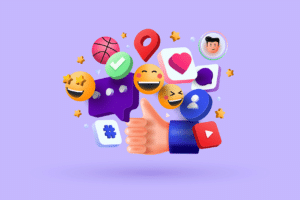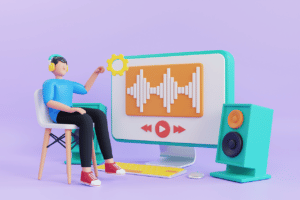What is UX Empathy Mapping – Let’s Go!
It’s easy to get lost in the details of product design. But when you’re focused on designing a product or service, you need to step back from the details and look at what your users want. This is where UX Empathy Mapping comes into play. What is UX Empathy Mapping? The empathy map is a tool for doing just that: helping you understand how your customers feel about the product or service they’re using.
READ: Website User Research: Simple Steps For Finding What Your Audience Wants And Needs
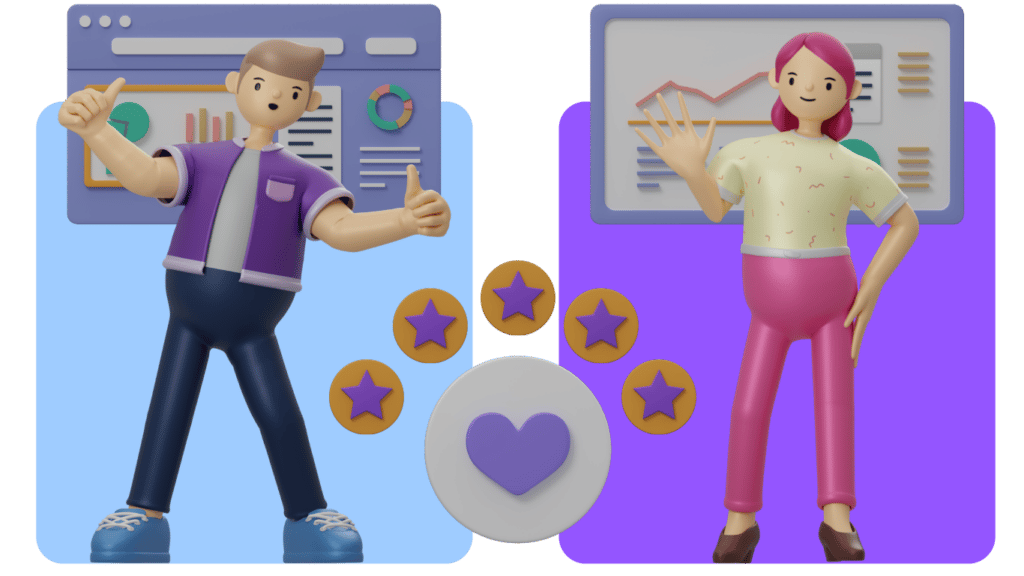
A powerful UX tool, empathy mapping is a way of capturing users’ thoughts and feelings about the things that matter most to them.
Empathy mapping is a powerful UX tool that helps you better understand your users’ perspective. It’s a way of capturing their thoughts and feelings about the things that matter most to them.
In essence, it’s an exercise in understanding how your users feel about their jobs, products, or services—and how they might be able to improve those experiences.
The empathy map can be used throughout the design process to inform user research, guide ideation, and measure the success of your designs.
- You can use an empathy map throughout the design process to inform your user research, guide your ideation, and measure the success of your designs.
- User researchers use empathy maps to understand users’ goals and motivations by mapping out what they think about their tasks or products.
- Designers use empathy maps during brainstorming sessions to capture ideas and get a shared understanding of users’ needs, as well as before designing a prototype so they have a better sense of how people might interact with it when they’re creating something new!
Empathy maps are particularly useful for designers who are new to UX design and would benefit from gaining a deeper understanding of their users’ needs, motivations, and goals.
As you create your map, try to gain insight into:
- Your users’ motivations and goals. How do they want to use your product? What is important to them? What do they hope to achieve by using it?
- Their behaviors. What types of tasks does your user perform regularly with the product in question? How does he/she interact with the product currently? What other tasks does he/she perform in conjunction with using this particular app or service (e.g., sending an email)?
Consumers don’t use products in isolation anymore. They move between devices and channels as they shop.
In the digital age, consumers don’t use products in isolation anymore. They move between devices and channels as they shop. For example, if you’re trying to buy a new pair of shoes on your laptop at home, you might also visit a shoe store later that day or browse through some shoes on your phone while waiting for an appointment across town. It only makes sense that UX designers need to understand these behaviors and help their teams design for them.
This means rethinking the way we approach user research because we can no longer rely just on one-off studies where people interact with our products in controlled environments—for example, usability labs or focus groups. Instead we need to observe how real people interact with our products over time (and across multiple devices) in order to get a fuller understanding of their needs and motivations.
An empathy map can help you identify how your product or service fits into your user’s life as a whole.
An empathy map can help you identify how your product or service fits into your user’s life as a whole. It does this by helping you understand what your users are looking for, what their motivations and goals are in using it, how they use the product themselves and how they feel about it when they do.
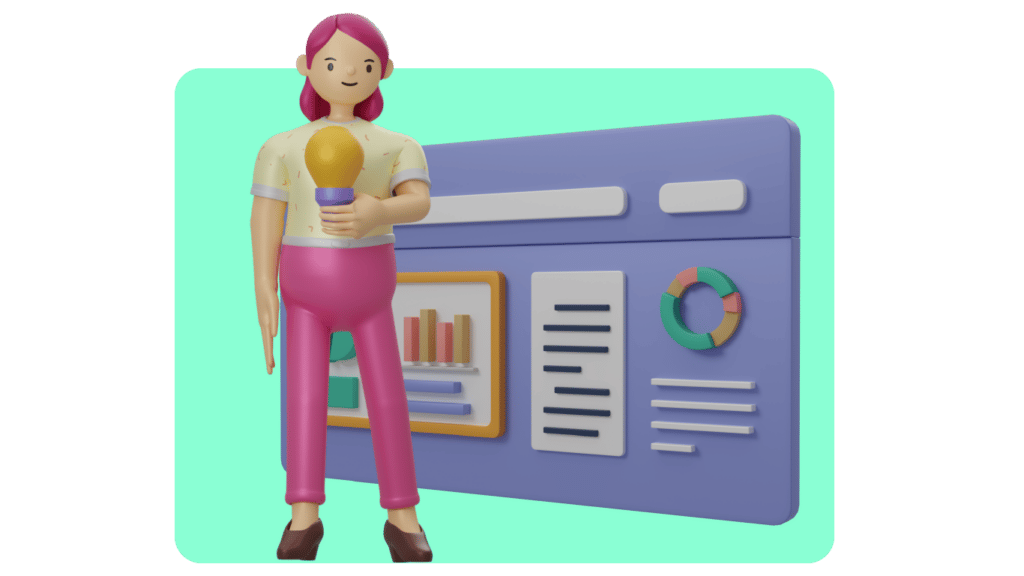
If a user doesn’t take the action you want them to through your product or website, it could be that it doesn’t fulfill their needs.
It may sound like empathy mapping is just a fancy way of saying you need to make sure your product meets the needs of its users, but it’s actually more than that. It can help you identify what those needs are, and how your product fits into their lives. But what does empathizing with users even mean? Most people don’t go around actively looking for ways to better understand themselves or others—we do this subconsciously through our everyday interactions with others. With an empathetic mindset in UX Empathy Mapping, we take this subconscious process and turn it into an intentional one by asking questions like:
- What are they trying to accomplish?
- How does my product fit into their life right now?
- What do they want out of using my product?
If a product doesn’t meet their expectations or makes them feel uncomfortable, they may leave the site without performing the desired action or buying anything at all.
If a product doesn’t meet their expectations or makes them feel uncomfortable, they may leave the site without performing the desired action or buying anything at all.
It’s important to understand how users feel about your product in order to improve it and retain users.
So, how do you get a feel for your users’ emotions? One way is to use emotion tracking software. Emotion tracking software is essentially an eye-tracking program that monitors a user’s gaze and facial expressions as they interact with your site. It can provide valuable insight into their feelings while they’re browsing and may help you improve the overall experience of using your product or website. Hotjar is one example of software that will help you delve into your users thought process. Clarity by Microsoft is another example. Clarity is a great option as it is free!
READ: Persona Segmentation And SEO | Know Your Traffic
The empathy mapping template will help you gather insights into how your users interact with your offering.
An empathy map is a great way to get to know your users better. Empathy mapping helps you collect data about your users’ needs, motivations, and goals. It also helps you identify how your product or service fits into the bigger picture of their life as a whole.
The key to an effective empathy map is understanding what’s important for each person at different stages of their journey with your brand or business. You can then use this information to create a more personalized experience that will resonate with them more effectively than relying solely on data analysis alone would allow.
Empathy mapping can help provide insight into what your customers are thinking and feeling.
When you’re trying to solve a problem, one of the best ways to get there is by getting into your customers’ minds. Empathy mapping can help provide insight into what your customers are thinking and feeling when they interact with your product or service. It’s easy to get caught up in our own heads when we’re designing products, so it’s important that we actively work at paying attention to the experiences of real users.
When you have empathy for others, you naturally want to do things that make their lives easier and better—and this is a great thing! But sometimes it’s hard for us as individuals to get out of our own heads and see things from another person’s perspective (or even multiple perspectives). By mapping out these different perspectives on paper, we can take an honest look at how people experience something (or don’t) before making big changes that might not actually be necessary.
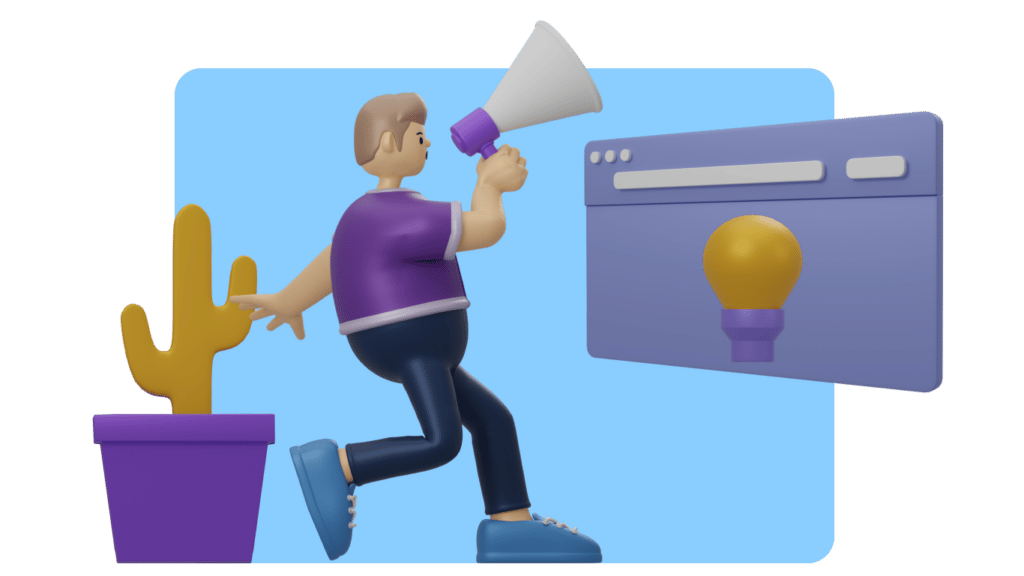
For example: Imagine you’re redesigning a website from scratch and want to know if people actually find it easy-to-use or frustratingly difficult. You could ask them through surveys or interviews about their thoughts on various aspects of the site design—but there will always be responses based on personal experience rather than facts about everyone who visits this particular site every day! It would be better if instead you could see exactly where people clicked around while using certain features; we could then make improvements based off of these heatmaps, a less intrusive way to gather data.
Conclusion
UX empathy mapping is a powerful tool that can help you design more effective experiences for your users. But it’s not the only tool in the UX designer’s toolbox. It’s important to note that this method is one of many ways to think about and understand your users. There are other tools, like interviews and surveys, that can also be used to gain insight into what makes people tick. And sometimes the best way to get started with empathy mapping is by doing some basic research on who your audience is and what they need from you!
There are lots of different ways you can use empathy maps in practice—from creating them as part of user experience research at an early stage of development or using them when designing new features for existing products.
Whatever path you choose as a designer will likely lead back to these three questions: Who are we designing for? What do they want from us? Where are they coming from (and going)? When answering these questions, remember that there’s no right answer; just focus on being thorough with each step along the way!
As always, we’re here to help! Call us on 833-277-8273 or email us directly at hello@bethesquare.com

